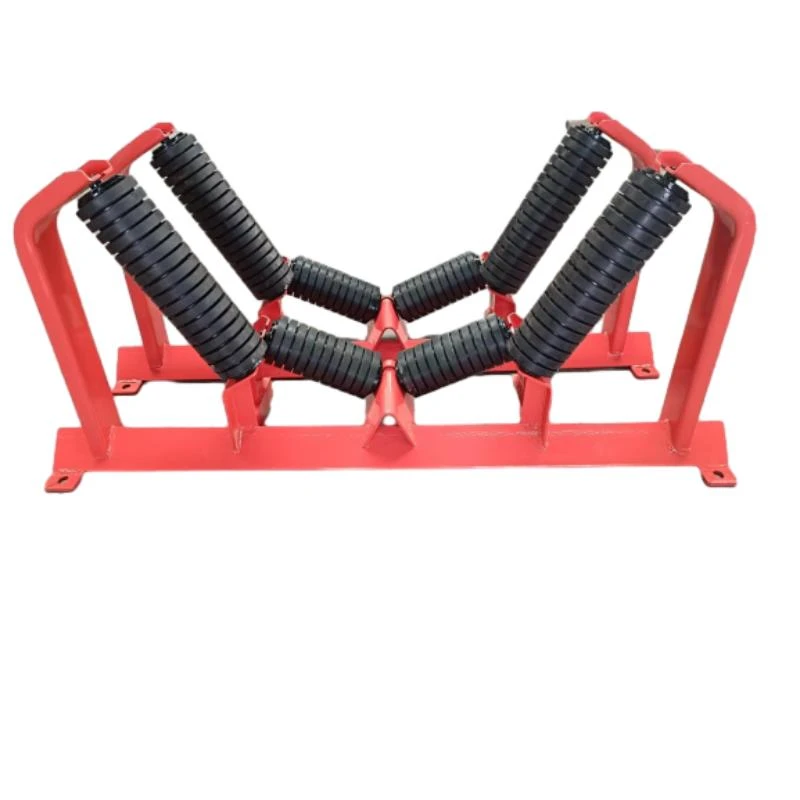 Afrikaans
Afrikaans  Albanian
Albanian  Amharic
Amharic  Arabic
Arabic  Armenian
Armenian  Azerbaijani
Azerbaijani  Basque
Basque  Belarusian
Belarusian  Bengali
Bengali  Bosnian
Bosnian  Bulgarian
Bulgarian  Catalan
Catalan  Cebuano
Cebuano  Corsican
Corsican  Croatian
Croatian  Czech
Czech  Danish
Danish  Dutch
Dutch  English
English  Esperanto
Esperanto  Estonian
Estonian  Finnish
Finnish  French
French  Frisian
Frisian  Galician
Galician  Georgian
Georgian  German
German  Greek
Greek  Gujarati
Gujarati  Haitian Creole
Haitian Creole  hausa
hausa  hawaiian
hawaiian  Hebrew
Hebrew  Hindi
Hindi  Miao
Miao  Hungarian
Hungarian  Icelandic
Icelandic  igbo
igbo  Indonesian
Indonesian  irish
irish  Italian
Italian  Japanese
Japanese  Javanese
Javanese  Kannada
Kannada  kazakh
kazakh  Khmer
Khmer  Rwandese
Rwandese  Korean
Korean  Kurdish
Kurdish  Kyrgyz
Kyrgyz  Lao
Lao  Latin
Latin  Latvian
Latvian  Lithuanian
Lithuanian  Luxembourgish
Luxembourgish  Macedonian
Macedonian  Malgashi
Malgashi  Malay
Malay  Malayalam
Malayalam  Maltese
Maltese  Maori
Maori  Marathi
Marathi  Mongolian
Mongolian  Myanmar
Myanmar  Nepali
Nepali  Norwegian
Norwegian  Norwegian
Norwegian  Occitan
Occitan  Pashto
Pashto  Persian
Persian  Polish
Polish  Portuguese
Portuguese  Punjabi
Punjabi  Romanian
Romanian  Russian
Russian  Samoan
Samoan  Scottish Gaelic
Scottish Gaelic  Serbian
Serbian  Sesotho
Sesotho  Shona
Shona  Sindhi
Sindhi  Sinhala
Sinhala  Slovak
Slovak  Slovenian
Slovenian  Somali
Somali  Spanish
Spanish  Sundanese
Sundanese  Swahili
Swahili  Swedish
Swedish  Tagalog
Tagalog  Tajik
Tajik  Tamil
Tamil  Tatar
Tatar  Telugu
Telugu  Thai
Thai  Turkish
Turkish  Turkmen
Turkmen  Ukrainian
Ukrainian  Urdu
Urdu  Uighur
Uighur  Uzbek
Uzbek  Vietnamese
Vietnamese  Welsh
Welsh  Bantu
Bantu  Yiddish
Yiddish  Yoruba
Yoruba  Zulu
Zulu Understanding the Functionality of Conveyor Belt Drive Pulleys in Material Handling Systems
Understanding Conveyor Belt Drive Pulleys
Conveyor systems are integral to various industries, facilitating the efficient movement of materials and products. At the heart of these systems are drive pulleys, essential components that play a crucial role in controlling the movement of conveyor belts. This article delves into the significance of conveyor belt drive pulleys, their functionality, types, and maintenance considerations.
What is a Conveyor Belt Drive Pulley?
A drive pulley, often referred to as a conveyor drive pulley, is a cylindrical component that rotates and is connected to a drive motor. Its primary function is to propel the conveyor belt, allowing it to move products from one point to another. Typically positioned at the head or tail of the conveyor system, the drive pulley works in conjunction with a driven pulley (or tail pulley) to create tension and facilitate the smooth operation of the entire conveyor system.
How Do Drive Pulleys Work?
Drive pulleys operate based on a simple mechanical principle. When the electric motor engages, it turns the drive pulley, which is connected to the conveyor belt. As the drive pulley rotates, it imparts motion to the belt, generating a continuous cycle that can transport heavy loads over varying distances and inclines. The friction between the pulley surface and the belt is critical; it must be high enough to prevent slippage while ensuring smooth movement.
Types of Conveyor Belt Drive Pulleys
There are several types of drive pulleys, each specifically designed to cater to different operational requirements
1. Crowned Pulleys These pulleys have a slight curvature on their surface, which helps keep the belt aligned and centered during operation. This design is particularly useful in systems where misalignment can lead to significant issues.
2. Flat Pulleys As the name suggests, flat pulleys feature a flat surface and are commonly used in applications where minimal belt slip is necessary. They are often used in heavy-duty conveyor systems.
3. Lagged Pulleys These pulleys have a textured surface due to the addition of rubber or other materials. Lagging increases the friction between the pulley and the belt, enhancing grip and reducing slippage under heavy loads.
conveyor belt drive pulley

4. Driven Pulleys While drive pulleys drive the system, driven pulleys serve as support for the opposite end. They help maintain tension in the belt and are pivotal in the overall functionality of the conveyor system.
5. Snub Pulleys These are used to enhance the belt's wrap around the drive pulley, increasing the frictional contact and improving the efficiency of the drive.
Maintenance of Drive Pulleys
Proper maintenance of conveyor belt drive pulleys is essential to ensure their longevity and optimal performance. Here are some key maintenance practices
1. Regular Inspections Frequent checks for wear and tear, misalignment, or signs of damage are crucial. Any issues identified should be addressed immediately to prevent further damage to the conveyor system.
2. Lubrication Keeping the bearings well-lubricated is vital to minimize friction and wear. Ensure that you use the appropriate lubricant recommended by the manufacturer.
3. Alignment Checks Misaligned pulleys can cause uneven wear on the belt and lead to operational inefficiencies. Regularly check the alignment and make necessary adjustments.
4. Surface Cleaning Accumulation of materials on the pulleys can impact performance. Regular cleaning helps maintain sufficient friction between the pulley and the belt.
5. Monitoring Tension Proper belt tension is crucial for optimal operation. Regularly check and adjust the tension as needed to prevent slippage or excessive wear.
Conclusion
Conveyor belt drive pulleys are indispensable in an efficient material handling system. Their design and functionality can significantly impact the overall productivity and reliability of conveyor systems. By understanding the types and maintenance requirements of drive pulleys, industries can enhance operational efficiency and extend the lifespan of their equipment. Whether in manufacturing, distribution, or mining, recognizing the importance of these components in conveyor systems is key to achieving success.
-
Revolutionizing Conveyor Reliability with Advanced Rubber Lagging PulleysNewsJul.22,2025
-
Powering Precision and Durability with Expert Manufacturers of Conveyor ComponentsNewsJul.22,2025
-
Optimizing Conveyor Systems with Advanced Conveyor AccessoriesNewsJul.22,2025
-
Maximize Conveyor Efficiency with Quality Conveyor Idler PulleysNewsJul.22,2025
-
Future-Proof Your Conveyor System with High-Performance Polyurethane RollerNewsJul.22,2025
-
Driving Efficiency Forward with Quality Idlers and RollersNewsJul.22,2025





























